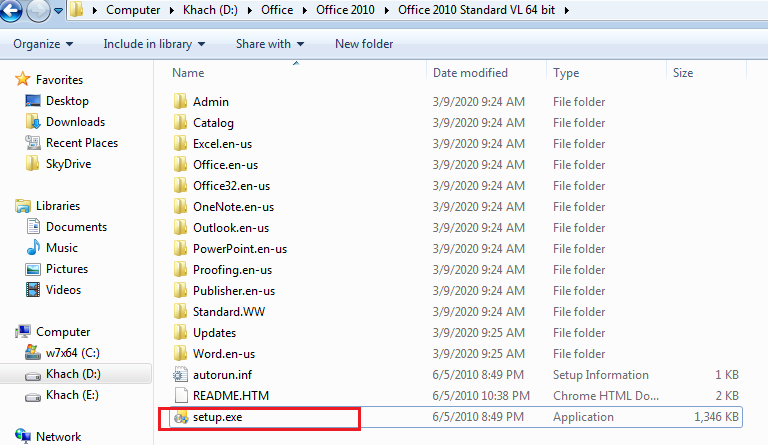
Not only does it include direct access to all document-related tasks, but also shows detailed information about the document you're currently working on. They still keep the "ribbon" interface – in a much clearer, almost minimalist style – but the Office button has been renamed to "File" and now shows a different pane. A few changes to keep in mindĪs regards appearance, all the Microsoft Office 2010 apps have been slightly modified. There's a significant improvement in the time the suite apps take to launch, and how they behave when working on your documents. Regarding performance, Microsoft Office 2010 seems to be as fast and light on system resources as the Technical Preview. What's more, Microsoft Office 2010 now lets you save your documents on SkyDrive and share them online in just two clicks. There are also tools to translate text, take and use screenshots, and apply special effects to the images you use in your documents. You can now add videos to your PowerPoint presentations, remove redundant messages from conversations in Outlook and insert small color charts inside cells in Excel spreadsheets.

The context menu in Word, for example, has been greatly improved and lets you see changes in real time as you browse through the different options.

Leaving changes aside, the truth is that Microsoft Office 2010 has pretty much the same features we already saw in the Technical Preview.


 0 kommentar(er)
0 kommentar(er)
